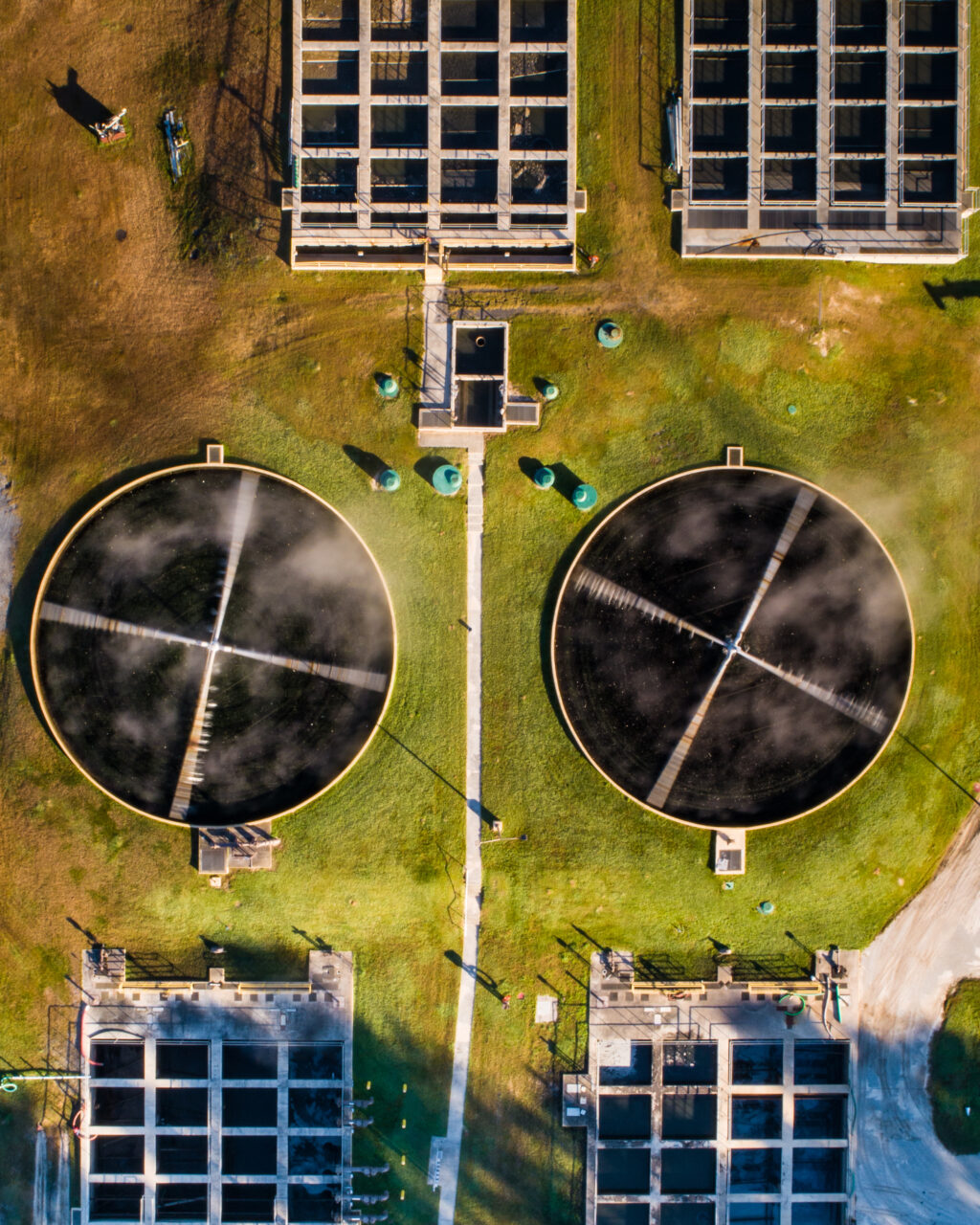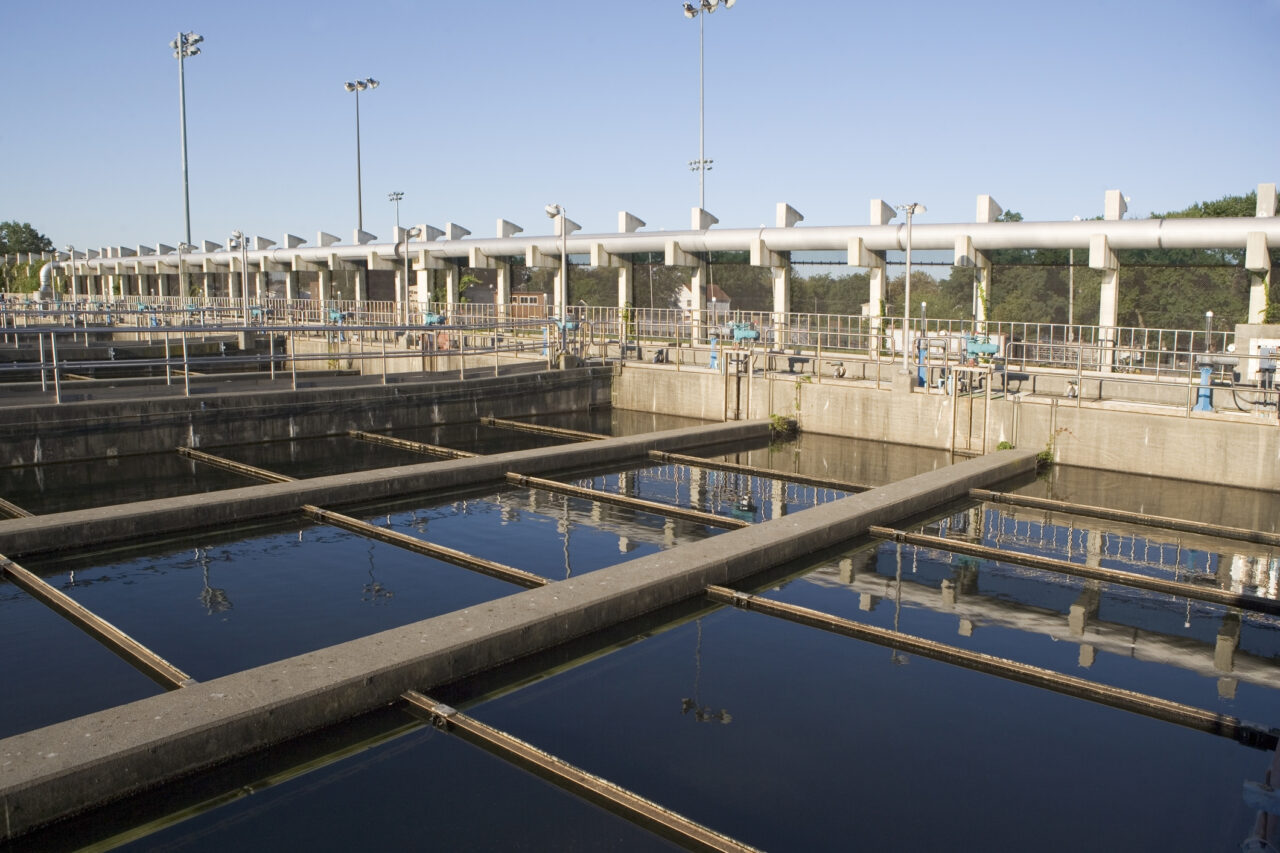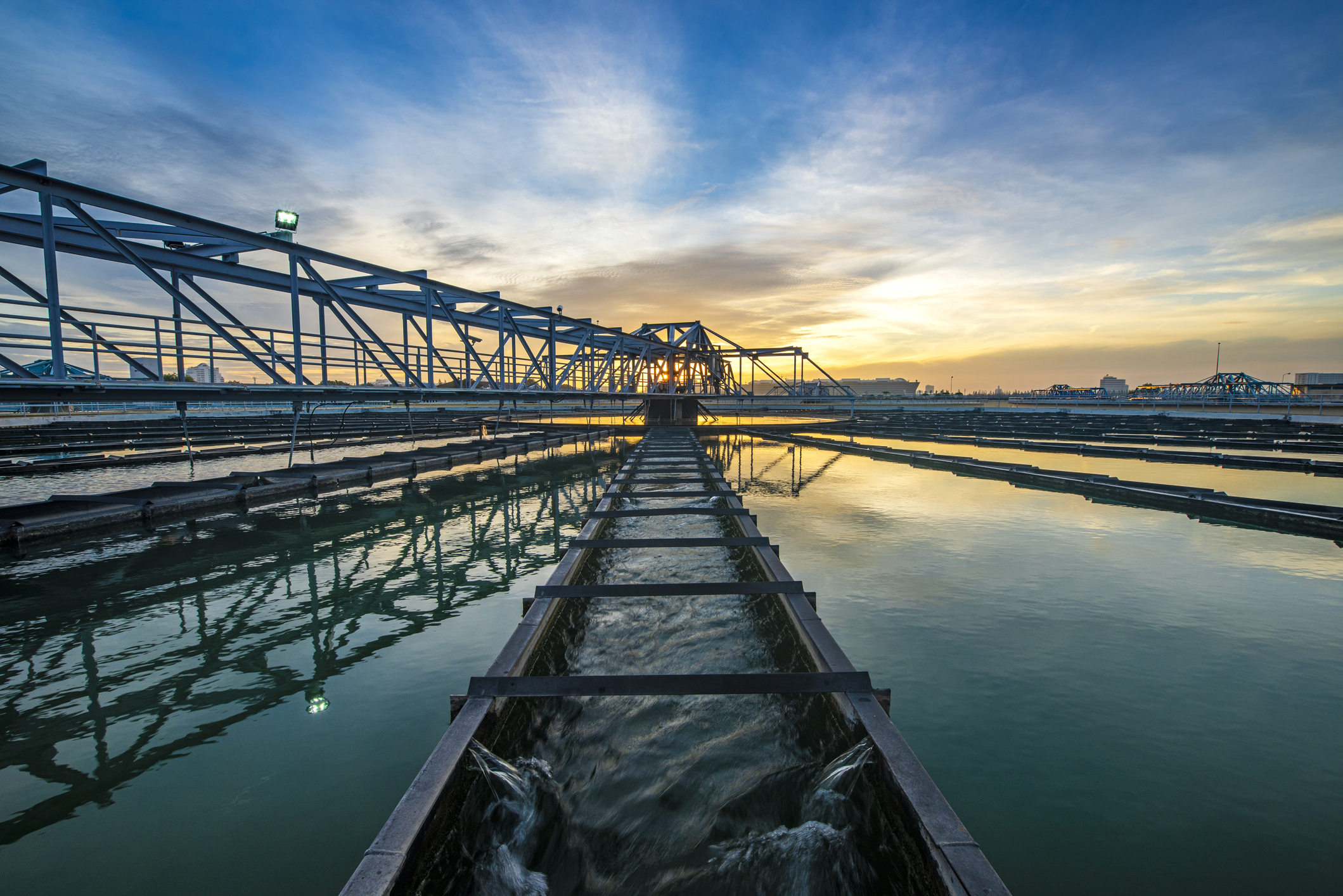On April 10, the U.S. Environmental Protection Agency (EPA) released the first-ever National Primary Drinking Water Regulation for certain per-and polyfluoroalkyl substances (PFAS), also known as ‘forever chemicals.’
This final regulation culminated efforts underway within the Agency since at least 2020 under the previous administration when EPA announced a preliminary regulatory determination that certain PFAS chemicals should be regulated as contaminants under the Safe Drinking Water Act. NLC has been engaged with EPA since then to share local leaders’ perspectives and concerns.
Here are six things local leaders need to know about this new drinking water regulation and what it means for local governments and local water systems.
1. Part of a Broad PFAS Strategy
In 2021, the Biden-Harris Administration announced a broad, holistic government approach and comprehensive action to remove and remediate PFAS in the environment. Under the Administration-wide strategy, the U.S. Department of Defense, U.S. Department of Agriculture, U.S. Department of Homeland Security, U.S. Department of Health and Human Services, Food and Drug Administration, and EPA all have roles to play.
For EPA, the drinking water regulation is a key part of the Agency’s PFAS Strategic Roadmap to help communities nationwide address PFAS substances by controlling PFAS at the source and holding polluters accountable. Learn more about federal action to address PFAS contamination here.
2. New Drinking Water Requirements
For PFOA and PFOS, two of the most well-known and studied PFAS chemicals, EPA has set a Maximum Contaminant Level Goal (a non-enforceable health-based goal) at zero. However, the EPA has set an enforceable Maximum Contaminant Level for PFOA and PFOS in drinking water at 4.0 parts per trillion. This level is the lowest level of detection possible with current technology.

EPA has set an additional enforceable Maximum Contaminant Level in drinking water for four additional PFAS chemicals (PFNA, PFHxS and HFPO-DA (commonly known as GenX)) at 10 parts per trillion.
Finally, because PFAS chemicals can often be found together in mixtures, EPA has also set a limit for any mixture of two or more of the following PFAS: PFNA, PFHxS, PFBS, and GenX. For mixtures, EPA has created an enforceable Maximum Contaminant Level Hazard Index of 1.
3. Timeline for Compliance
This final regulation will be effective 60 days after publication in the Federal Register, which is expected in the coming weeks. Water systems have three years from the publication date to complete the initial monitoring required (by 2027). The new regulation also requires local governments and water utilities to inform the public of the measured levels of PFAS in their drinking water beginning in 2027.
Water systems have five years from the publication date to implement solutions to reduce PFAS in their drinking water if they exceed the levels (by 2029). EPA estimates that approximately 4,100 to 6,700 (of the 66,000) public drinking water systems will have to take action to reduce PFAS to meet these new standards.
4. Compliance Costs and Available Technology
EPA estimates the compliance cost with the regulation to be approximately $1.5 billion annually. These costs include water system monitoring and communicating with customers, as well as treatment technology or capital improvements to reduce PFAS in drinking water if there is an exceedance.
However, as noted in NLC’s 2023 comment letter, a recent analysis by Black and Veatch* estimated that compliance costs could exceed $2.5 to $3.2 billion annually. With local governments having spent $80 billion on water supply utilities in 2020, according to the U.S. Census, NLC noted that this new unfunded federal mandate would require a 3 to 4% increase in national spending, which would ultimately be passed on to consumers through rate increases and long-term debt, particularly where advanced treatment is required for compliance. The impact on affordability and equity is even more acute for small communities and water systems, as well as broadly, where many communities and residents are already experiencing significant and widespread financial burdens with regard to water rates and pay a disproportionate amount of their income toward their water bills.
*See Appendix B, Figure 7-2

There are three types of proven advanced treatment technology commercially available for removing PFAS from drinking water:
- Granular Activated Carbon – Utilizes an “activated” media produced from carbon-based materials, such as wood, to absorb chemicals and compounds, including PFAS.
- Aion Exchange – Occurs through a solution designed to “exchange” through absorption resins for a variety of contaminants, including PFAS.
- Reverse Osmosis and Nanofiltration – High pressure membrane processes that separate and remove contaminants, including PFAS, from water.
These treatment technologies are costly to implement and operate and will likely require infrastructure and capital upgrades. There are also certain challenges, limitations, and considerations associated with each treatment technology.
There are other emerging technologies for removing PFAS from drinking water that are in the R&D or testing phase and not yet fully proven or commercially available to communities.

Once PFAS is removed from drinking water, it must be disposed of, destroyed, or stored, presenting further challenges and costs for local governments. EPA also recently released an updated Interim Guidance on the Destruction and Disposal of Perfluoroalkyl and Polyfluoroalkyl Substances and Materials Containing Perfluoroalkyl and Polyfluoroalkyl Substances. The updated guidance provides information on the best available science and associated uncertainties for large-scale capacity technologies to manage PFAS in the environment through thermal destruction, landfills, and underground injection.
5. Funding, Technical Assistance, and Additional Resources
The Bipartisan Infrastructure Law provided record-high levels of funding for water infrastructure, including $10 billion over five years for grants to address PFAS and other emerging contaminants in drinking water and wastewater. While this funding is insufficient to meet all of our nation’s water infrastructure needs, the requirements of this new regulation, as well as other rules that the Agency is considering, local leaders should consider seeking funding now for projects that will help their communities address PFAS contamination and other needs.
Funding for water infrastructure flows through the states, primarily the State Revolving Fund programs. Local leaders should reach out to their state department of the environment or similar agency to understand the timeline, process, and requirements.
EPA’s free Water Technical Assistance services support communities in identifying water challenges, developing plans, building capacity, and developing application materials to access water infrastructure funding.
EPA’s website provides several fact sheets on the regulations, FAQs, and an overview presentation. EPA also published a toolkit of communications resources to help drinking water systems and community leaders educate the public about PFAS. EPA is currently developing an online calculator to assist water systems in determining their Hazard Index result.

6. More PFAS Regulations Coming
In addition to this drinking water regulation, EPA is undergoing two separate rulemakings to designate some PFAS chemicals as hazardous substances under the Comprehensive Environmental Response, Compensation and Liability Act (CERCLA). They released the final rule focused on PFOA and PFOS on April 19. Additionally, EPA took comments last year on an Advance Notice of Proposed Rulemaking on whether to propose to designate additional PFAS, including GenX, as hazardous substances under CERCLA.
NLC continues to advocate for comprehensive federal action to prevent further pollution, contamination, and exposure to PFAS, including through source reduction as a key mechanism for keeping PFAS out of water systems, landfills, and the environment.
Take Action Now
Make your voice heard through NLC to ensure these forthcoming rulemakings do not place undue financial and legal liability burdens on communities that neither caused nor contributed to PFAS contamination.








